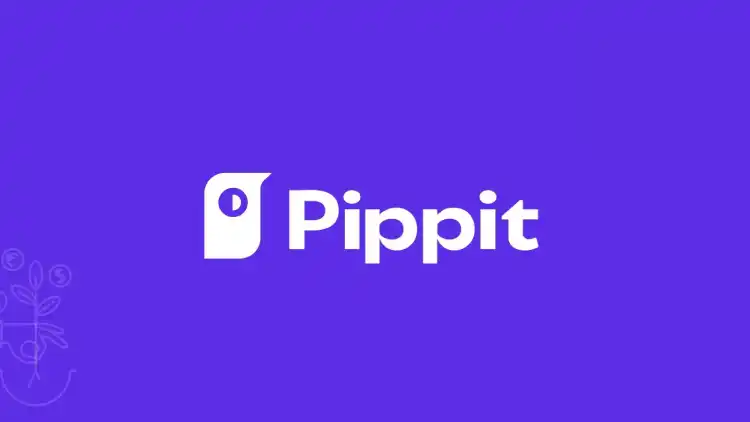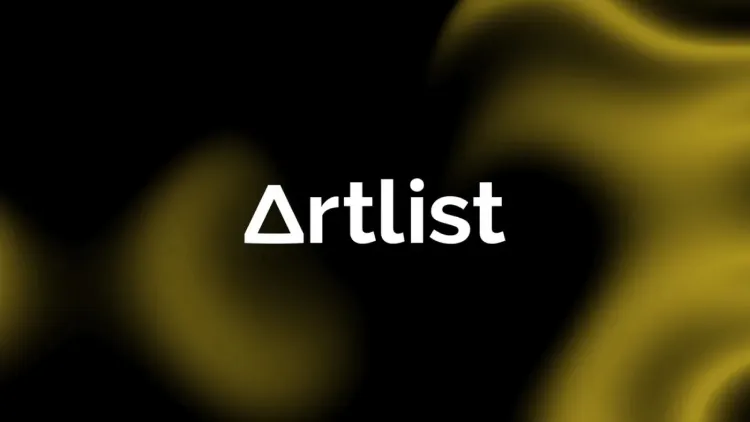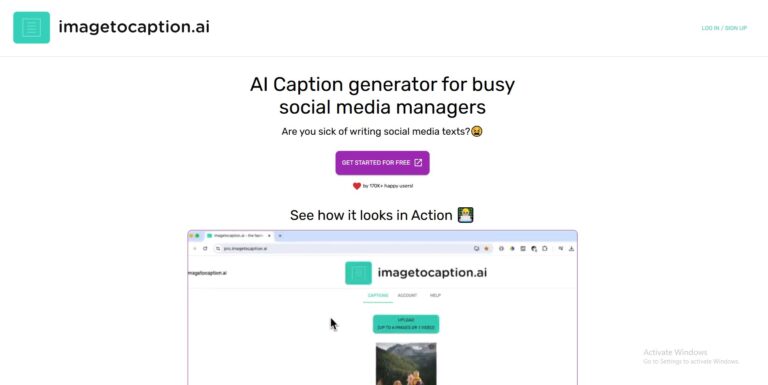The present market offers multiple sophisticated AI-based creative tools that turn written instructions into visually appealing outputs. Users can create beautiful images using their written instructions through the AI platforms DALL·E and Midjourney as well as Stable Diffusion. All systems share a common challenge which prevents them from providing readable and accurate text from visual content. The market faces a complete fundamental change because of Ideogram AI.
Research teams at Google Brain developed the 2023 text-to-image model Ideogram AI which remains focused on premiering elegant presentation of readable typography. This distinct version of Ideogram develops technology to accurately reproduce important text elements embedded within visual complexity.
The Problem: Why Other AI Models Struggle with Text
Most training for generative image models takes place with extensive databases that connect pictures to captions. Tipically an image description serves to present the content of an image by avoiding the usage of its actual written representation. Photographs remain connected to these models through visual elements contained inside the images that user do not identify as verbal structures. AI tools generate distorted texts in images since they do not recognize real language structure.
Ideogram AI confronts this directly. The platform dedicates the greatest attention to text recognition and then follows up by understanding structural elements and stylistic features ensuring proper word presentation when rendering text output.
What Makes Ideogram AI Unique?
Ideogram’s secret is its typography-sensitive architecture. It is a generative diffusion model similar to other products on the market but specifically tuned to produce visuals where text is the focus.
If you ask it for something like “A neon sign with the word ‘Good Vibes Only'” or “Graffiti wall with bold text of ‘Dream’,” it does not spit out rubbish or chaotic characters. It responds with what you requested—with stylized, readable, and composite text.
Key Features
1. Accurate Text Rendering
Ideogram achieves correct spellings and proper text structure when generating images which represents a significant improvement above existing tools that display unreadable text.
2. Typography Styling
Users benefit from selecting between bold text and cursive and vintage and graffiti features as well as chalk and neon and 3d styles and multiple other designs for their text displays. Through its service users gain full capacity to analyze different font styles.
3. Creative Templates
BitHype provides themed templates for users to generate logos, signage, quotes, T-shirts, packaging and social media posts from a starting point.
4. User Friendly Interface
The system generates images through a simple prompt entry process. Users can view four different image outputs on the program and make choices to upscale while remixing or downloading one rendition.
5. Remixing and Community Features
A shared interface enables users to examine other people’s prompts in addition to their creations for improving their skills as well as their creativity. Users enjoy the social environment because it creates a positive and stimulating atmosphere.
How It Works
The platform Ideogram implements diffusion modeling as its engine although it does not provide complete technical specifications for the process. The method produces images by making noise more organized with each learned computational step. The approach of Ideogram stands apart by focusing its operations on text through possibly customized attention models and loss functions designed to evaluate text precision.
The system combines CLIP-like image-text encoders with extensive labeled examples of text in images to improve its understanding of both visual depictions and textual presentment.
Real World Use Cases
Ideogram AI is not just a novelty tool—it’s quickly proving useful in several industries and creative workflows:
1. Graphic Design
Visual design professionals can create rapid logos and posters and conceptual artwork featuring templates that match given design themes.
2. Marketing and Branding
Canva allows users to create branded social media content and branded elements following product promotions and descriptive text with attractive fonts for image text.
3. Content Creation
Using Ideogram anyone can produce eye-catching text-based visuals for YouTube thumbnails along with inspirational quotes and memes.
4. Education and Communication
Designing text for infographics, flashcards, visual notes and presentation slides means incorporating understandable visual text elements into illustrations.
5. Small Business Solutions
Business owners who use Ideogram can produce essential business items including menus and packaging designs and event flyers without requiring professional designer assistance.
Limitations
Ideogram AI demonstrates outstanding performance but continues to develop as a technology. Some limitations include:
Occasional user experiences show that long text strings together with complex prompts can result in text spacing and display problems with Ideogram AI.
Some elaborate font styles can result in the loss of legibility.
The system experiences challenges when processing non-English characters in addition to specific writing styles that have complex designs or arrangement in particular situations.
The minor constraints of this AI tool do not obstruct its superior ability to manage text compared to other AI applications.
Final Thoughts
Ideogram AI functions as an explicitly designed solution to resolve the long-standing problem in the AI image generation industry. Ideogram provides users from different backgrounds including designers and students the ability to make images which combine excellent visual appeal with clear messaging.
The development of Ideoogram AI platform will lead to additional advanced abilities and broadened language features alongside extensive customization features. Ideogram AI stands as a required experience for people who want to explore how design and visuals will evolve with the help of AI technology.




